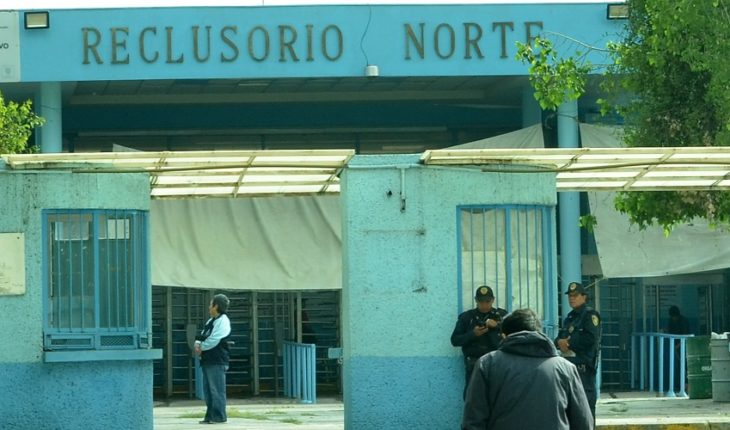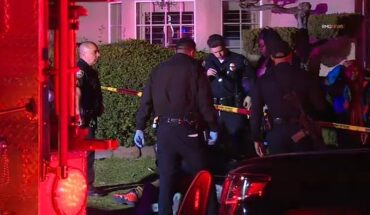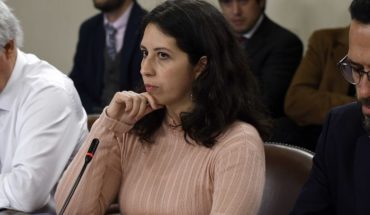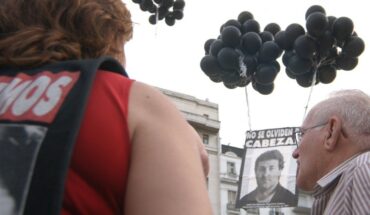In less than a month, the Attorney General’s Office (FGR) opened a criminal investigation against the well-known lawyer Juan Collado, gathered the necessary evidence to initially support the case, and obtained from a judge the arrest warrant to arrest him and prosecute him for one of the most serious crimes of all: organized crime.
How did you get it? Is the case solid? From what the prosecutors responsible for the case revealed at a hearing that lasted almost 12 hours, and the 144-page file with which the apprehension order was sought, Political Animal you can now detail the key points that explain how this case was integrated.
It also addresses what is next to the case in the coming months, what the FGR lacks to corroborate for an eventual sentence, and on the defense side what options it has. This is based on what is explained directly by those involved.
*Express research
The research folder against the lawyer Juan Ramón Collado Mocelo began on June 7, 2019, with the complaint filed by Sergio Hugo Bustamante Figueroa for the alleged theft of his identity, a fact that in turn caused the illicit sale of his land to a (Freedom financial services), linked with the lawyer.
The case was recorded in the folder number FED/SEIDF/UNAI-CDMX/0000949/2019, in charge of the Assistant Attorney General in charge of the Specialized Office in investigation of Federal Crimes, who started with the investigations.
On 1 July, that is, three weeks later, the FGR sent the file to the Financial Intelligence Unit (UIF) of the Ministry of Finance for analysis, and to consider it appropriate to file the formal complaint. This is because by procedure it is required to report the Treasury in cases of possible money laundering.
Three days later, on 4 July, the FIU filed the criminal complaint with the FGR, and a day later ratified it. On the same day, on July 5, the Prosecutor’s Office sent the file to the judge in turn and requested the arrest warrant against Collado and four others, which was authorized on 6 July.
That is, from the time of the initial complaint on 7 June, at the instant the arrest warrant was issued, 6 July, it took less than a month.
*Victim, whistleblower and witness: all in one
During the investigation the FGR collected seven ministerial statements, all of them to the same person: the whistleblower Sergio Hugo Bustamante Figueroa. The date of such proceedings was 7, 10, 12, 13, 17, 20 and 25 June.
Bustamante’s first statement was to file the allegation of facts, and the following to deliver documents that he had or narrate facts he knew, or that others had told him that happened.
Read: Peña Nieto y Salinas, alleged business owners of Collado linked to diversions, according to denunciations
This situation was criticized at the hearing by Collado’s defense lawyers, who accused the FGR of simply collecting a “carousel of statements” from the same person, rather than searching for other witnesses or without verifying the veracity of the information provided by that individual.
*The recycled inquest
At its third appearance, on 12 June, Bustamante provided the FGR with a certified copy of the pre-inquiry DP/16/2016, which began on 22 March 2016 with the Querétaro Prosecutor’s Office, which is still open to this day.
From this enquiry the FGR extracted 12 different test data, including the most important of all: the deposit of the 24 million pesos that would have been transferred in April 2015 from the property operator of the SA De CV Center (of which Bustamante points out which was unlawfully removed), to a bank account in the name of Juan Collado.
In addition, the Prosecutor’s Office took advantage of some of the narrative that had been documented there to build the narrative of its case.
Collado’s lawyers considered that all such evidence should be declared unlawful for a variety of reasons, including that they come from an investigation that is by law reserved, and which should only be accessed by the parties involved and not third parties. They further condemned the fact that the Public Prosecutor’s Office has not verified on its own the bank movements reported there.
*The hypothesis and what’s to prove
What the FGR argues – in its indictment – is that lawyer Juan Collado is part of an alleged criminal organization, composed of five people per month, through which triangulated resources obtained illegally to conceal their origin, and take advantage of them with particular interests.
The example he has documented to support this hypothesis is the alleged illegal purchase of the building stripped of Bustamante. However, prosecutors also pointed to other uses and possible destinations for money, such as illegal campaign financing, including that of the current governor of Querétaro, Francisco Domínguez Servién.
The hearing and the apprehension order document also warn of possible transfers to international accounts, including Andorra, Spain and Switzerland.
In order to be able to realize these illegal conducts, the prosecutors argued that the group led by Collado systematically resorted to the usurpation of identities, the creation of facade or ghost companies, the simulation in the acquisition of real estate, among Other. All this using the banking system.
However, most of these signs are based, so far, on ministerial statements (the one collected by the FGR and those already included in Querétaro’s previous investigation).
FGR prosecutors announced to the judge that during the six-month period of additional investigation they will seek to strengthen these allegations with documentary evidence, both through accounting experts, as well as with the possible freezing of accounts or monitoring of flows therein, with the authorization of the National Banking and Securities Commission.
*What’s next for both parties? Tests and pending orders
At the conclusion of Wednesday’s hearing, the investigating judge in charge of the case decreed a six-month period of further investigation so that both parties, the Prosecutor’s Office and the defence, can gather the elements they deem necessary for a possible trial . The next hearing was scheduled for January 11, 2020.
In this period the Public Prosecutor’s Office will seek, as already anticipated in the previous point, to gather evidence documenting its theory of the case.
In turn, the FGR has pending four more apprehension orders against potential involved. These are the people identified as José Antonio “R”, José Antonio “V”, Roberto Isaac “R”, and Tania Patricia “G”.
While Collado’s defense has a range of options. On the one hand, they announced that they will file an appeal against the judge’s determination of the North Reclusorio to link their client to prosecution for the aforementioned crimes. This will result in the determination being analysed by a criminal chamber, which could confirm or reverse it.
They also have the option of promoting a claim for protection on the grounds that their rights may have been violated after the judge maintained evidence that, as stated by the defence at the hearing, was not lawfully obtained or could not have been used in a case of organized crime.
*Up to two years of pre-trial detention
As long as Juan Collado remains in criminal proceedings for the crime of organized crime, he will not be able to release. This is because such an illegal it is considered to be one of those who deserve unofficial (automatic) pre-trial detention, in accordance with article 19 of the Constitution.
If the process remains as before, it means that the lawyer must remain in prison at least until next January and for as long as necessary, with a limit period of two years.
It should be remembered that Collado noted that he suffers from heart involvement and diabetes problems, so a health crisis that could not be managed at the prison of the penalty can also lead to his transfer elsewhere.
*What was not revealed at the hearing: former presidents, bribes…
There were some aspects found in the case file that were not disclosed at the initial hearing, held at the Northern Reclusorio, but which are known to be based on the application for an apprehension order to which this media outlet had access.
For example, it was published that Sergio Hugo Bustamante Figueroa stated that former presidents of Mexico such as Carlos Salinas de Gortari or Enrique Peña Nieto would be the true owners of the company Libertad Servicios Financieros, where Collado served as president of the Board of Directors and that is involved in possible mismanagement of resources.
The document also includes an excerpt from Bustamante’s June 10 statement, in which he warns that Libertad Financial Services would have made transfers of up to 100 million pesos to the then-candidate’s campaign accounts government of Querétaro, Francisco Domínguez Servién.
Likewise, payments are revealed to other entrepreneurs, one of the most recurring named José de Jesús Martínez Tejada, ex-owner of the Irapuato football team and favorite contractor in the government of Juan Manuel Oliva, former governor of Guanajuato.
What we do in Animal Político requires professional journalists, teamwork, dialogue with readers and something very important: independence. You can help us keep going. Be part of the team.
Subscribe to Animal Politician, receive benefits and support free journalism.#YoSoyAnimal
translated from Spanish: How did the FGR put together the case against Collado? Here are the keys
July 11, 2019 |





